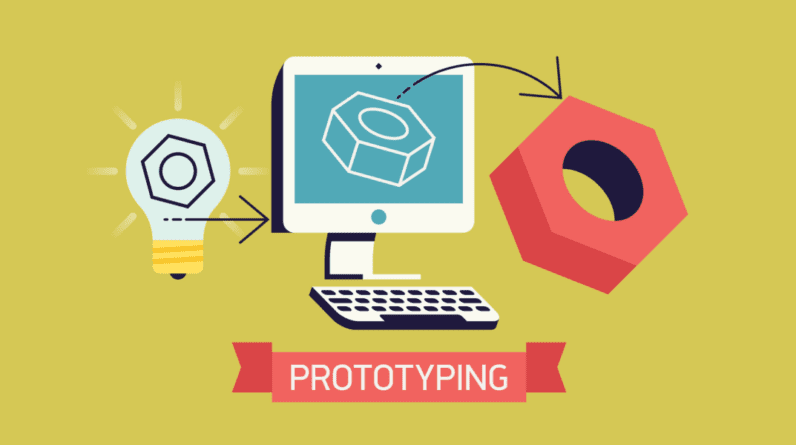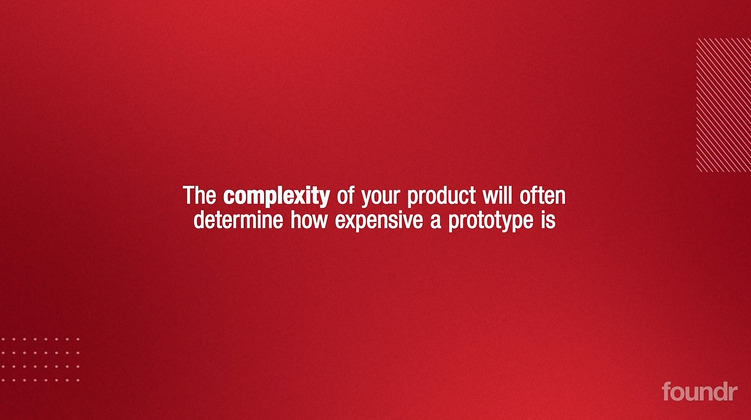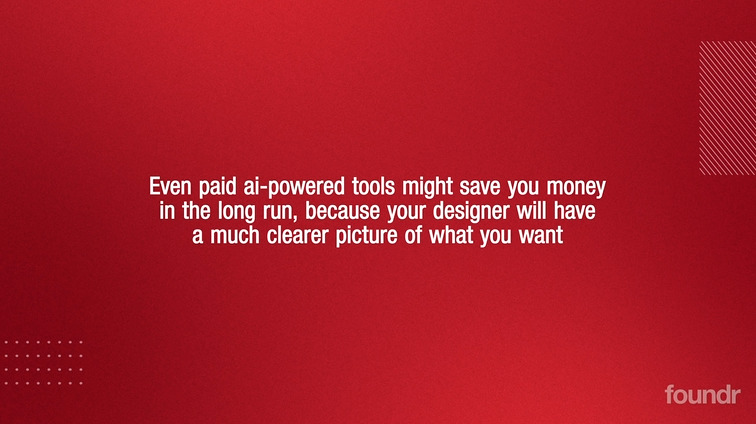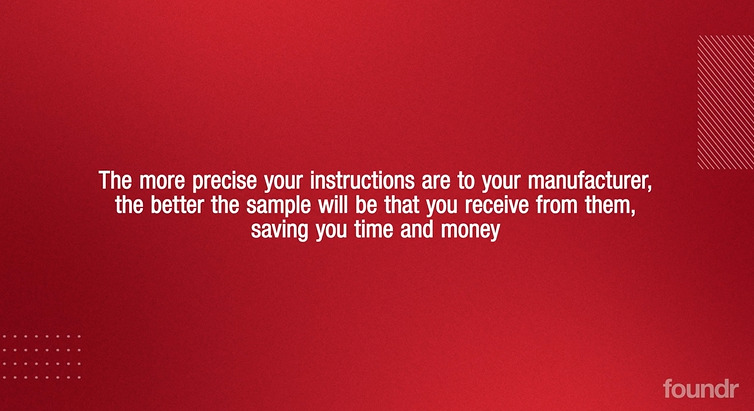
So, you’ve got the perfect product idea in your head.
You’re confident that it will solve all of your target audience’s problems, and the profit margins are more than viable.
You need investment to get your idea off the ground, but you are finding it difficult to articulate the function of your product and failing to get the same buy-in from others.
If only there was a way to show those potential investors exactly what you are talking about without having to order hundreds of products and stock them.
That’s where a product prototype can help.
Here, we will discuss product prototypes in greater detail, including how you can use tools like AI to help bring your ideas to life.
What Is a Product Prototype?
First, let’s quickly identify what a product prototype actually is. In simple terms, a product prototype is a model of the product you would like to get manufactured and is created as part of the product development process.
It’s an incredibly important stage of your business, as it serves as the initial interaction of your product, allowing you to test different concepts, check its functionality, and consider many other factors that just aren’t possible from a drawing on your notepad.
Especially if you draw like I do!
There are actually a few different types of product prototypes to consider, such as:
A basic prototype that demonstrates feasibility.
A wireframe prototype that offers an overarching view of the product in action.
A functional variant that is slightly more advanced.
A physical three-dimensional model.
A digital prototype simulation offers an interactive simulation of what the product does.
Don’t Skip: New Product Development Process in 8 Easy Steps
Is It Expensive to Create a Product Prototype?

Which type of prototype you need will vary on a product-by-product basis, but regardless, I strongly recommend you enlist the help of a professional to bring your prototype to life. The more complex the product, the more expensive your prototype creation is likely to be.
But there are a few things you can do to help bridge the gap between the inner workings of your creative mind and the output of your chosen design expert.
Because sometimes it’s just hard to articulate what you’re thinking!
In our Start & Scale course, where I discuss prototyping in greater detail, I also show you how to use AI tools like Midjourney to generate concepts, play out ideas, and have a little fun! This option certainly shouldn’t replace working with a highly skilled expert, but it can help generate a mood board for them to work from.

The Benefits of a Great Product Prototype
Now I know what some of you are thinking. “Is this really necessary, Gretta? I’ve got the perfect product idea, I just need a manufacturer to create it so that I can start selling.”
I hear you, and the excitement of getting your product to market is admirable. However, product prototyping plays a crucial role in that process and will prevent any unwanted issues, additional costs, or delays.
Here are some of the many benefits of investing time and effort into your product prototype.
It offers a visual representation of your concept
For starters, a high-quality prototype provides you with a visual representation of your proposed product, which can help potential stakeholders understand your concept better and allow you to notice any potential issues in advance.
Let’s use a very simple example. Imagine you’ve designed the most visually stunning coffee cup in the world. It fits in any car holder perfectly using the latest AI technology (always handy to plug AI into your sales pitch!), and it comes in all colors. You skip the prototype phase and immediately start selling it on your site. Then, suddenly, you are bombarded with refund requests because it isn’t waterproof.
Now, this is an extreme example of scolding people’s hands with your robot coffee machine, but you get the point–prototypes let you see, touch, and use a product before committing to an order.
User Feedback
Crafting a prototype also allows for early testing and feedback. With my product, Drop Bottle, we were able to test the key USPs (unique selling position) of the product, such as the drinking mechanism and glass, to see what our target audience thought.
That approach allowed us to make changes to the glass to make it much sturdier before scaling the brand to the size it is today, which reduced complaints, returns, and bad reviews.
It mitigates risk
The sooner you can identify and address risks, the easier it is to manage the risks that they pose. As mentioned, we had some slight issues with the earlier iterations of the Drop Bottle, where the glass seemed susceptible to cracking during transit.
By creating a prototype and testing it with users, we were able to rectify this issue much earlier on and greatly reduce the impact this had on the brand.

It can actually save you money
One of the main reasons I hear people trying to avoid the prototype phase is that it costs money to design and produce a working model of your product. Good designers don’t tend to work for free, and while you don’t need to spend an arm and a leg sourcing one, it’s still an upfront cost.
But in truth, it is actually likely to save you money in the long run.
Consider the potential risks of skipping this step. You could end up delaying releases, paying for new stock, and many other avoidable costs. A prototype saves you the pain of a closet full of unsold first orders.

You can continue with confidence
A well-executed prototype can give you the confidence to promote your product to the world, happy in the knowledge that it works as advertised, serves your target audience’s needs, and is of reputable quality.
Keep Learning: Product Sourcing Blueprint
Where Can I Find a Designer for my Prototype?
As I have already touched on, when it comes to creating a great prototype, you need a great designer.
Fortunately, it is easier than ever to get in touch with the best of the best using platforms like Fivver and Upwork. Be sure to create a clear and concise post for designers to read through and offer a fair compensation for their time to ensure you attract the best of the best. Run a couple of small tests with your shortlist of applications to help you pick a designer that perfectly suits your vision.
Another route to find a designer is by reaching out to a fellow founder that you admire and asking them what designer they used (join foundr+, and you’ll have access to a worldwide community of product founders to connect with). Just remember to make sure the founder isn’t a competitor. Otherwise, they probably won’t message you back.
Learn Everything From Prototype to Product Domination
At foundr, we don’t just help you come up with a concept for your next business venture, we help you see it through to the finish line and beyond!
To get started on your ecommerce journey, check out our free masterclass, which will help you discover how tools like AI can make the prototype process even easier.








